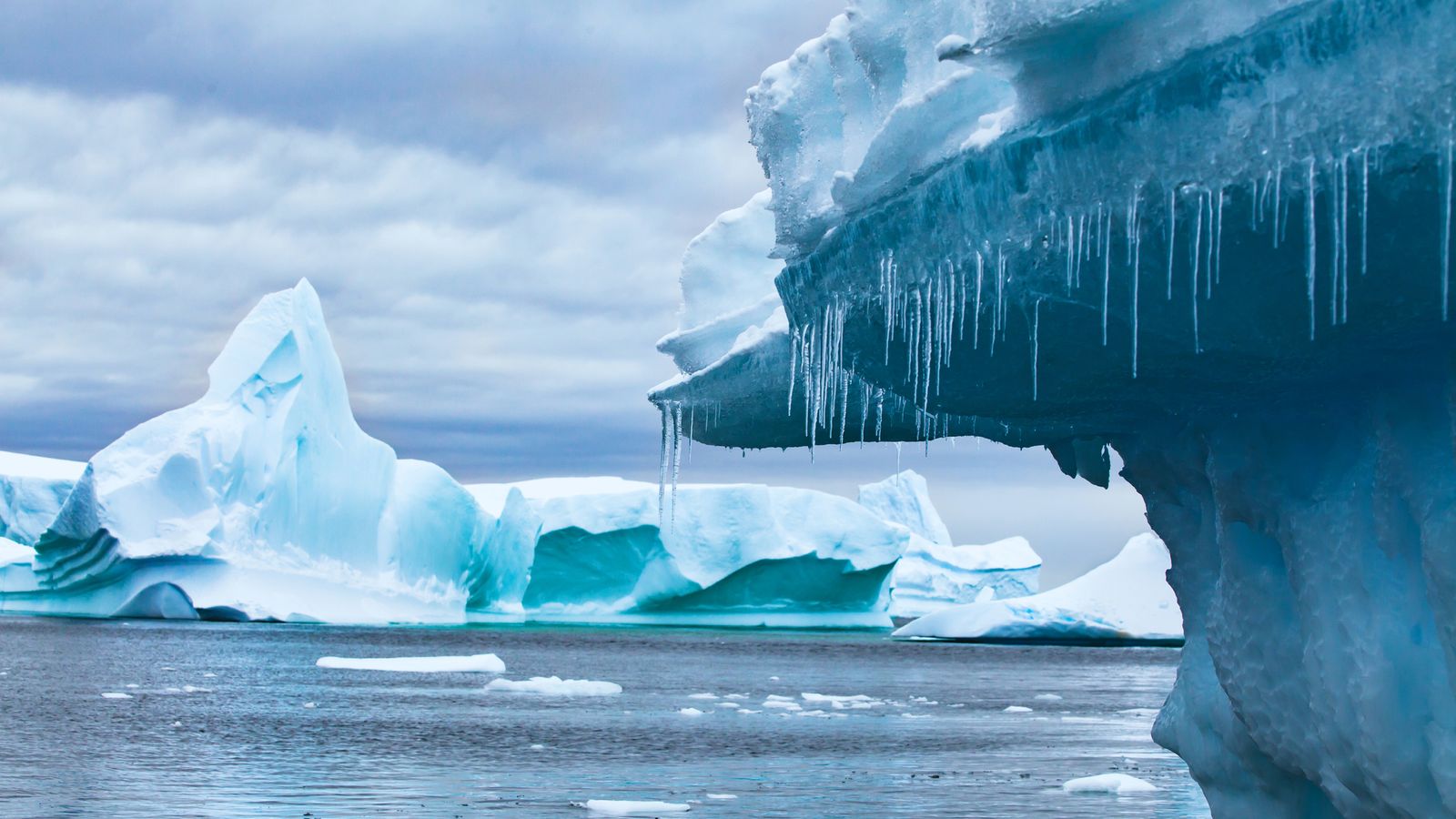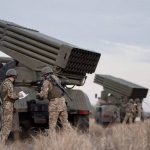Almost all the world’s glaciers are losing mass – and the process is accelerating, a new study has found.
The research, published in the science journal Nature, looked at 220,000 glaciers around the world. When they lose mass, sea levels rise.
And once glacial ice melts, it could be decades or centuries before it regrows, scientists said.
They used high-resolution images taken from NASA’s Terra satellite between 2000 and 2019.
With the exception of the Greenland and Antarctic ice sheets, which were excluded from the study, glaciers lost an
average of 267 gigatonnes of ice per year.
Just one gigatonne would fill New York’s Central Park, standing 341 meters (1,119 feet) high.
The loss of ice became more marked as the study’s timeframe progressed, scientists found.
Glaciers lost 227 gigatonnes of ice annually from 2000 to 2004, but that increased to an average of 298 gigatonnes each year after 2015.
Melting ice raised sea levels by about 0.74 millimetres a year. That equates to 21% of overall sea level rise during the period studied.
Some of the glaciers worst-affected are in Alaska, Iceland, the Alps, the Pamir mountains and the Himalayas, researchers found.
Some have communities around them, and it is feared there could be serious food and water shortages.
The study did not consider why glaciers were melting, but temperature rises caused by emissions are believed to be the main cause.
“It’s hard to separate the fact that the temperature is what is causing the melt with the fact that humans are, by and large,
causing the increase in temperature,” said study co-author Robert McNabb, a remote sensing scientist at Ulster University.
Twila Moon, a glaciologist at the National Snow and Ice Data Center in Colorado, said the study reiterates that the world must bring global temperatures down.
“I have no expectation, in all honesty, that even substantial action to reduce our emissions and control the Earth’s temperature rise is going to grow our glaciers,” Ms Moon said.
“We’re at a point where we’re trying to keep as much ice as possible and slow that rate of loss,” she added.






















